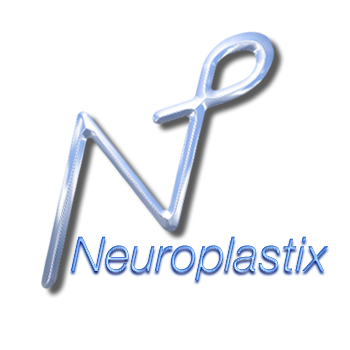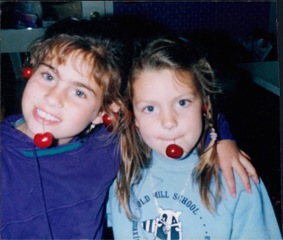Social Synapse
(Workbook Page 18)
Just as nerve cells were meant to communicate with each other, so are people. We don’t live in isolation, but as part of our own set of networks and connections. While the basis for this is set in early childhood development, not everyone has a positive early childhood experience. This can be interfered with by serious illness, loss, inadequate parenting or actual abuse. All is not lost for people to repair this situation, because opportunities keep presenting themselves to rewire our social experiences. Just as the brain evolves its own connections over time, so does our social connectivity. This is accomplished by verbal and non-verbal communication. Pioneer neuroscientist and psychologist, Louis Cozolino states that just as nerve cells have spaces between them that are used to communicate, so do people use verbal and non-verbal communication between them. We touch each other without touching. A smile, a wave, a kind word, a compliment, an encouraging look or phrase expands the power of touch beyond physical contact, creating a connection via the other senses.
Review the text on page 18 of the Neuroplastic Transformation workbook. Throughout life actual touch between people may become less and less of priority. Yet human connectivity through touch remains a powerful means of connecting. People need to remember the importance of touching as staying connected. Even simple contact like a handshake or a pat on the back means a great deal, making us feel we are part of something bigger than just ourselves. We become the people we are from the moments of first touch connecting our own neurons to creating relationships. The transformative power of touch changes us so that we can reach out and change the lives of other

